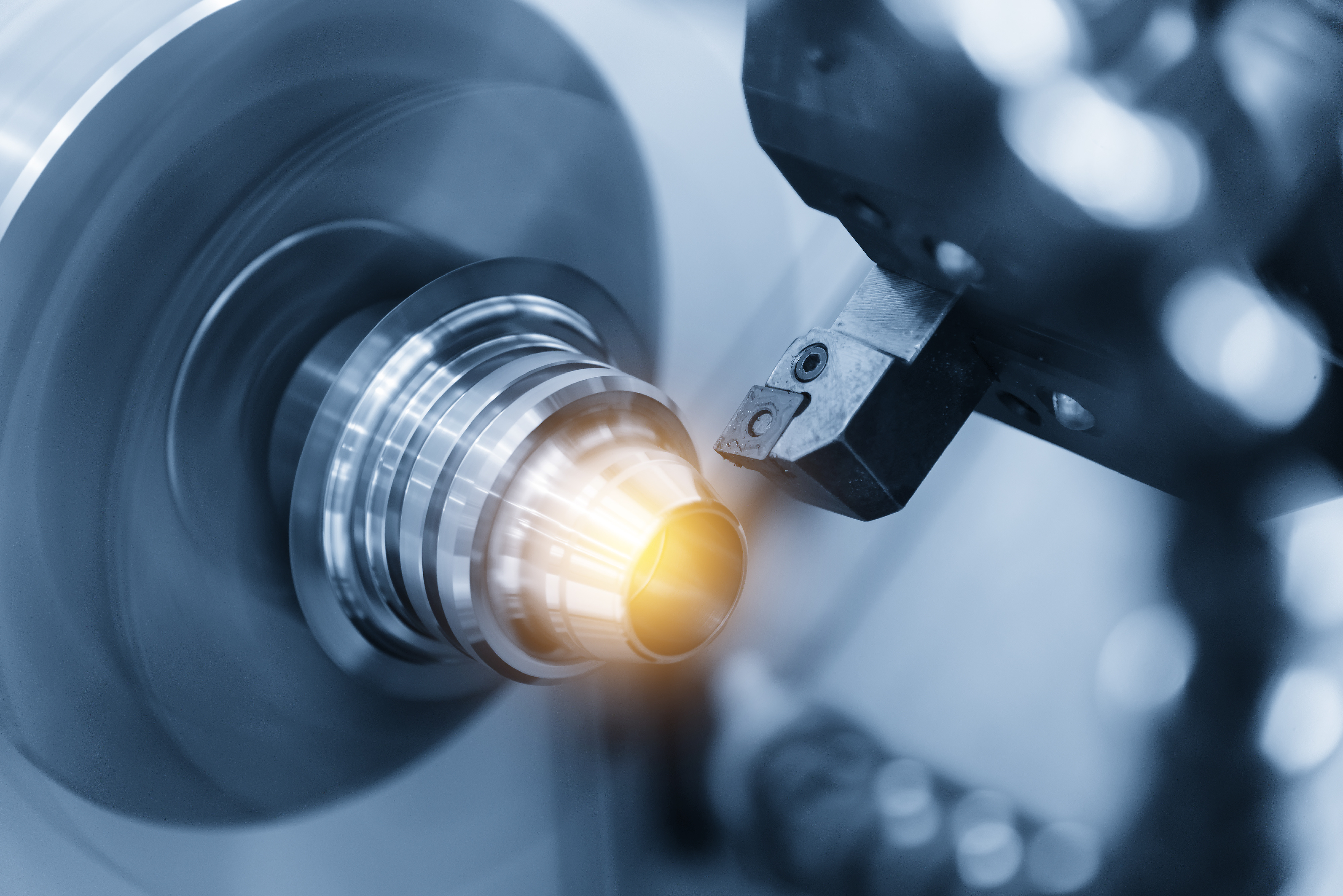Sandvik has agreed to acquire US-based Cambrio, which offers an end-to-end portfolio in CAD/CA M software for manufacturing industries.
M software for manufacturing industries.
“This is in line with our strategic focus to grow organically and through acquisitions in the advanced manufacturing space, with special focus on industrial software close to component manufacturing, industrial metrology- and additive manufacturing solutions,” said Stefan Widing, president and CEO of Sandvik. “Cambrio will enable a broadened customer offering, covering more of the total manufacturing value chain.”
Sandvik’s strategic ambition is to provide customers with software solutions enabling automation of the full component manufacturing value chain – from design and planning to preparation, production and verification. Computer Aided Manufacturing (CAM) plays a vital role in the digital manufacturing process, creating an offer of automated solutions from design to machining. By acquiring Cambrio, Sandvik will establish a position in the CAM market that includes toolmaking, general-purpose machining and sheet metal fabrication
Cambrio’s product portfolio includes GibbsCAM for production milling, turning, and mill turn operations, Cimatron for mold and die design and manufacturing, as well as SigmaNEST for sheet metal fabrication.
The transaction is expected to close in the second half of 2021.
For information on the Sandvik Group, visit www.home.sandvik.
For information on Cambrio, visit www.cambrio.com.
Contact Details
Related Glossary Terms
- computer-aided manufacturing ( CAM)
computer-aided manufacturing ( CAM)
Use of computers to control machining and manufacturing processes.
- gang cutting ( milling)
gang cutting ( milling)
Machining with several cutters mounted on a single arbor, generally for simultaneous cutting.
- milling
milling
Machining operation in which metal or other material is removed by applying power to a rotating cutter. In vertical milling, the cutting tool is mounted vertically on the spindle. In horizontal milling, the cutting tool is mounted horizontally, either directly on the spindle or on an arbor. Horizontal milling is further broken down into conventional milling, where the cutter rotates opposite the direction of feed, or “up” into the workpiece; and climb milling, where the cutter rotates in the direction of feed, or “down” into the workpiece. Milling operations include plane or surface milling, endmilling, facemilling, angle milling, form milling and profiling.
- milling machine ( mill)
milling machine ( mill)
Runs endmills and arbor-mounted milling cutters. Features include a head with a spindle that drives the cutters; a column, knee and table that provide motion in the three Cartesian axes; and a base that supports the components and houses the cutting-fluid pump and reservoir. The work is mounted on the table and fed into the rotating cutter or endmill to accomplish the milling steps; vertical milling machines also feed endmills into the work by means of a spindle-mounted quill. Models range from small manual machines to big bed-type and duplex mills. All take one of three basic forms: vertical, horizontal or convertible horizontal/vertical. Vertical machines may be knee-type (the table is mounted on a knee that can be elevated) or bed-type (the table is securely supported and only moves horizontally). In general, horizontal machines are bigger and more powerful, while vertical machines are lighter but more versatile and easier to set up and operate.
- turning
turning
Workpiece is held in a chuck, mounted on a face plate or secured between centers and rotated while a cutting tool, normally a single-point tool, is fed into it along its periphery or across its end or face. Takes the form of straight turning (cutting along the periphery of the workpiece); taper turning (creating a taper); step turning (turning different-size diameters on the same work); chamfering (beveling an edge or shoulder); facing (cutting on an end); turning threads (usually external but can be internal); roughing (high-volume metal removal); and finishing (final light cuts). Performed on lathes, turning centers, chucking machines, automatic screw machines and similar machines.

